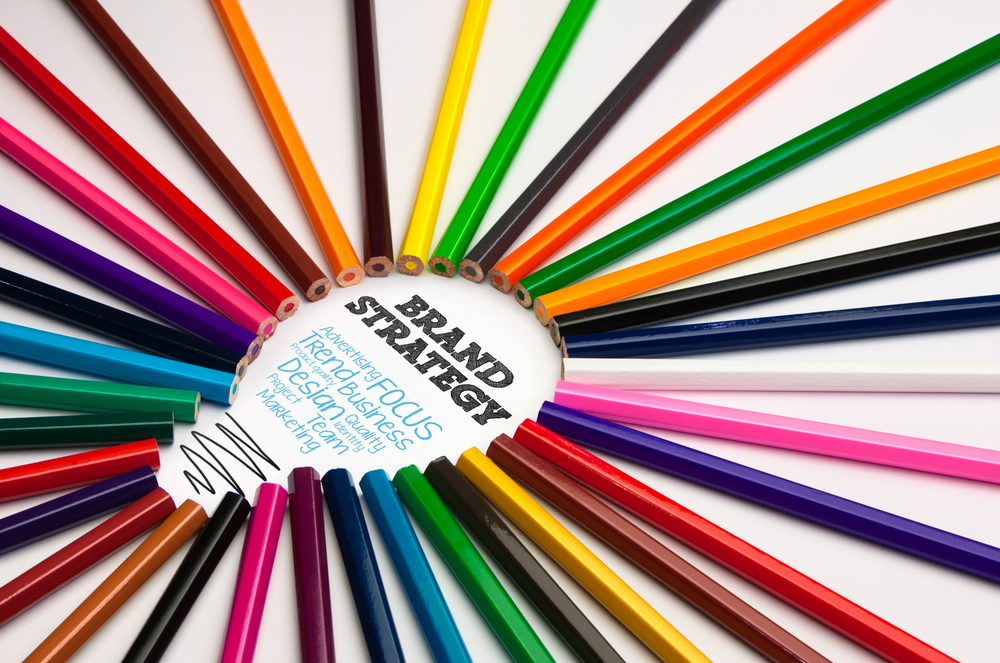Branding has always been a core element of destination promotion. Yet, when a recent study asked DMO chiefs from around the world what they considered to be their most pressing issues, branding came out top. Why the sudden concern if they’ve been branding all along?
Let’s explore what branding really is. Many people think about logos, ads and communications when they talk about branding. But a brand is really what’s in the mind of the consumer, not what’s in a promoter’s communications.

In the effort to build brand, a destination has taken the first step when it has devised a value proposition that encapsulates the destination’s promise:
- Benefits – how the customer gains by using the destination
- Differentiation – why the destination is special
- Reason to believe – the proof that the brand offer is real and dependable
- Personality – how the brand feels and comes across
Once brand positioning is agreed upon, the goal is to achieve a nexus between the brand promise and the customer’s perception. But, this is where the world of branding has undergone a tectonic shift. This world has been disrupted by the Internet. DMOs used to initiate most of what consumers used to hear about destinations. Now peer to peer channels have trumped DMO messaging.
Destinations no longer control the message – they can only seek to influence the message. So, what does this mean for you?
There is an old saying that brands are promises made and promises delivered. Nothing undermines a brand faster than a failure to deliver against expectations. In today’s world, millions of consumers can easily express their views on the authenticity of your brand. Every time a customer shares disappointment your brand is weakened. Alternatively, your brand strength is directly proportional to the extent to which their expectations are fulfilled and voiced.
This means that communication can only go so far. First, yours is but one voice in a crowd. Second, what communication you do is worthless if the brand promise isn’t fulfilled.
This is why DMO chiefs are so focused on brand. They’ve been disrupted. So, what should they do?
The key today is to focus as much or more on delivery than on communication. In the old world, DMOs saw little role for themselves in delivery. After all, a DMO can’t deliver the product, local suppliers do that.
In the new world, DMOs will realise that they need to assert influence on the quality and consistency of destination delivery because it is so vital to building brand strength. If an essential role of DMOs is building brands then DMOs have to find their logical role in delivery.
When a destination has a clear brand strategy, the brand promise also is clear. In my view, DMOs of the future will have local suppliers who encourage and support their role in destination delivery. Think quality assurance. Think measuring fulfilment of the promise. Think a new focus for DMOs.

Gary Grimmer is CEO of GainingEdge, a global business events consulting firm providing services in relation to destination development, convention centre development and in-market sales representation. Grimmer was formerly CEO of the Melbourne Convention + Visitors Bureau and has consulted on projects throughout Asia and the world.





















